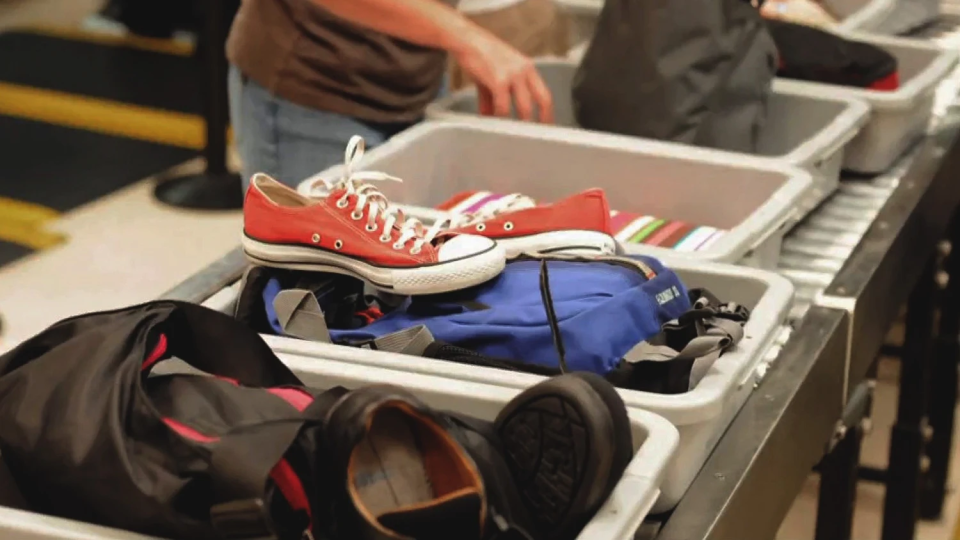For nearly two decades, taking off your shoes at airport security has been as much a part of flying as the in-flight safety demonstration. Now, the Transportation Security Administration (TSA) is quietly rolling back this requirement at select airports, signaling a major change in the passenger experience and the broader travel industry. The move is already underway at several major U.S. airports, and it’s expected to expand nationwide in the coming months.
The shoe removal rule traces back to 2001, when Richard Reid attempted to detonate explosives hidden in his shoes on a transatlantic flight. After that failed plot, the TSA made shoe removal mandatory for all travelers in 2006, hoping to prevent similar threats. While the rule was rooted in real security concerns, it quickly became one of the most disliked parts of the airport experience.
Over the years, the policy saw some relaxation for travelers enrolled in TSA PreCheck, but for most people, the ritual of unlacing shoes in a crowded security line remained a frustrating constant.
According to multiple sources and internal memos, the TSA is now allowing passengers to keep their shoes on at many security checkpoints, not just those with PreCheck status. The change started rolling out at airports like Baltimore/Washington International, Fort Lauderdale, Cincinnati/Northern Kentucky, Portland, Philadelphia, and Piedmont Triad in North Carolina. Reports from Los Angeles International and LaGuardia in New York City indicate the policy is already in effect there as well.
The TSA hasn’t made a sweeping public announcement, but officers have received guidance to let travelers keep their shoes on in standard screening lanes at many airports. The agency says the change is part of ongoing efforts to improve the passenger experience while maintaining security. If you trigger an alarm at the scanner, though, you may still be asked to remove your shoes for additional screening.
This shift is possible largely because of advances in scanning technology. Modern equipment can now detect threats hidden in shoes without requiring passengers to remove them. The TSA has also been under pressure to make airport security less of a headache, especially as critics have questioned the agency’s effectiveness and efficiency.
Some observers suggest the timing may also be political. The TSA has faced increasing scrutiny in recent years, with some lawmakers proposing to overhaul or even abolish the agency. Easing up on unpopular rules could be an attempt to improve its public image and demonstrate responsiveness to travelers’ concerns.
For airlines and airports, this change could be a win. Shorter security lines and a less stressful experience may encourage more people to travel, especially those who have avoided flying because of the hassle. It could also help airports manage crowds more efficiently, particularly during peak travel periods.
Vendors and retailers inside airports might see a boost as well. If travelers spend less time in security, they have more time to browse shops and grab a meal before their flight.
While the end of the shoe shuffle is a welcome change for many, other security rules, like the restrictions on liquids, are staying put for now. The TSA says it will continue to look for ways to balance security with convenience as technology evolves. For now, travelers can look forward to a slightly smoother journey through the airport, one step at a time.

